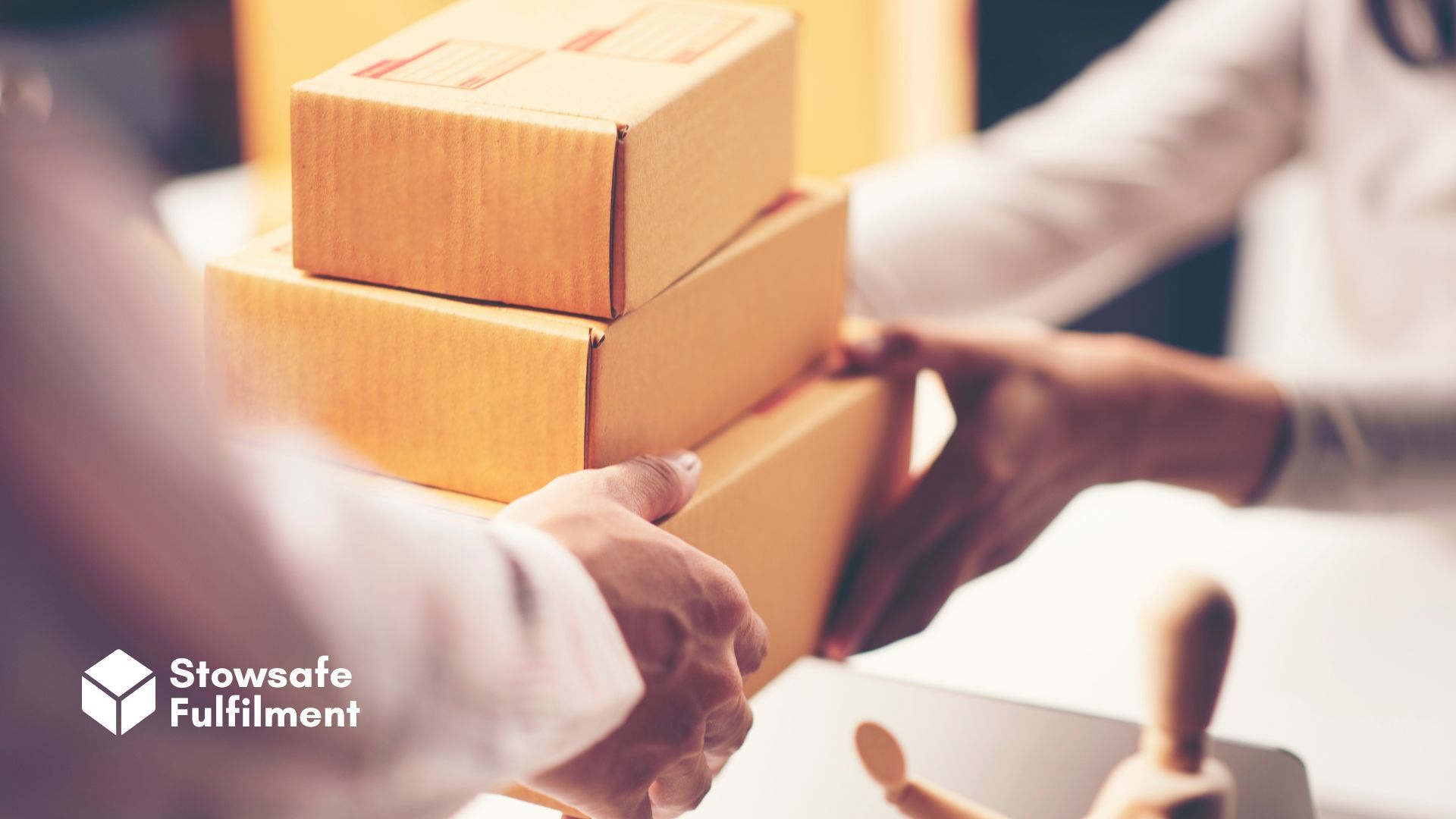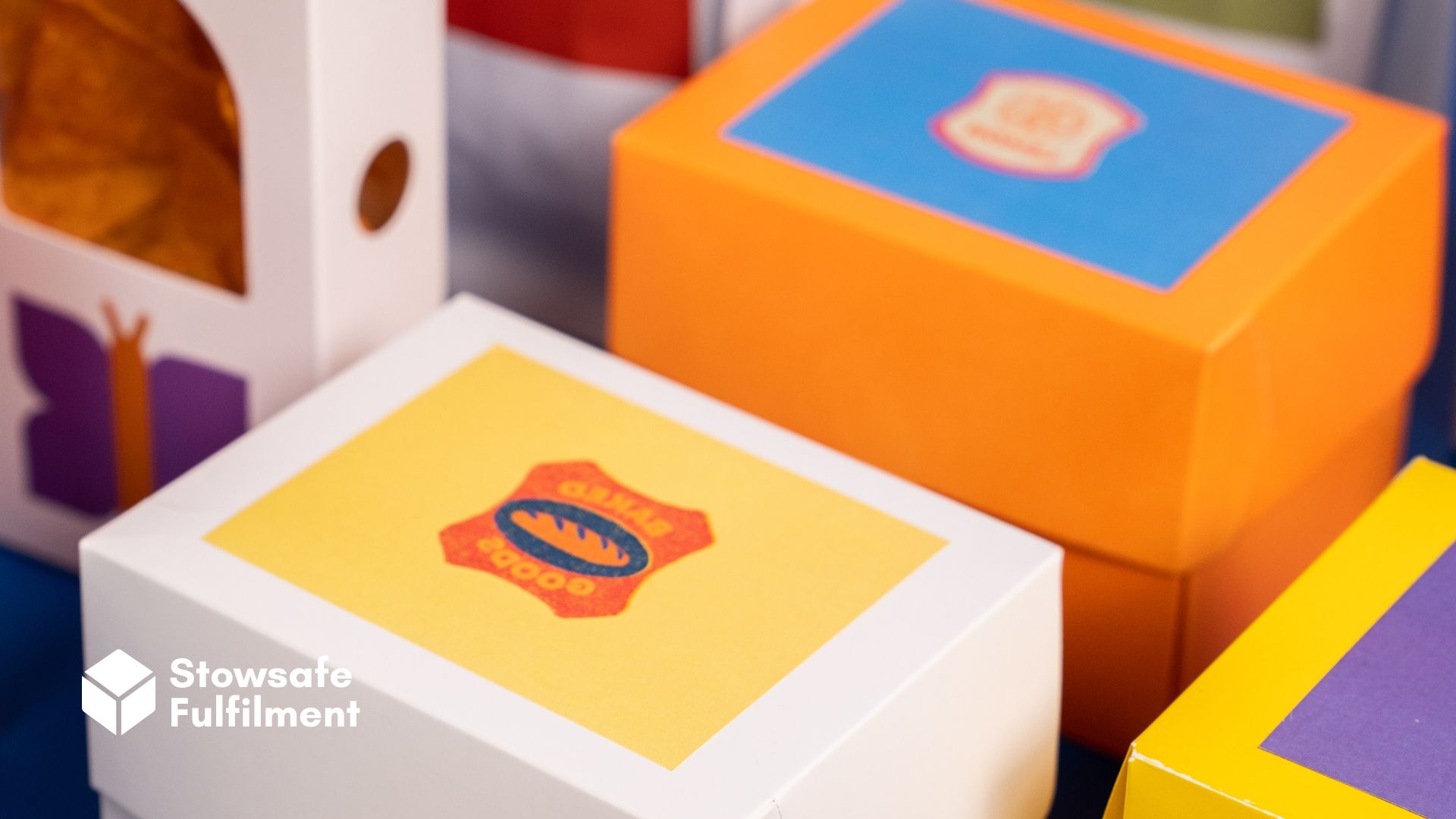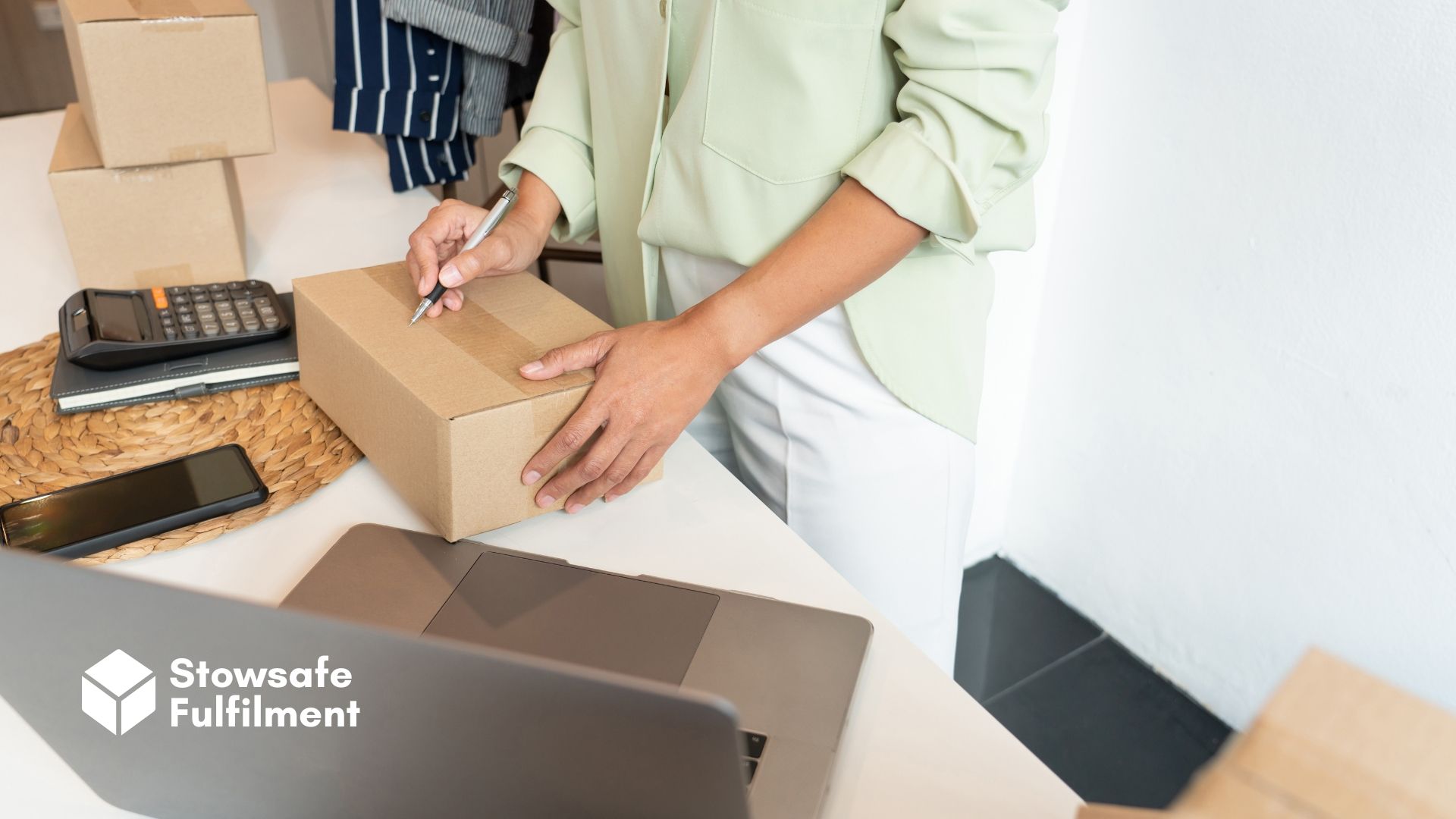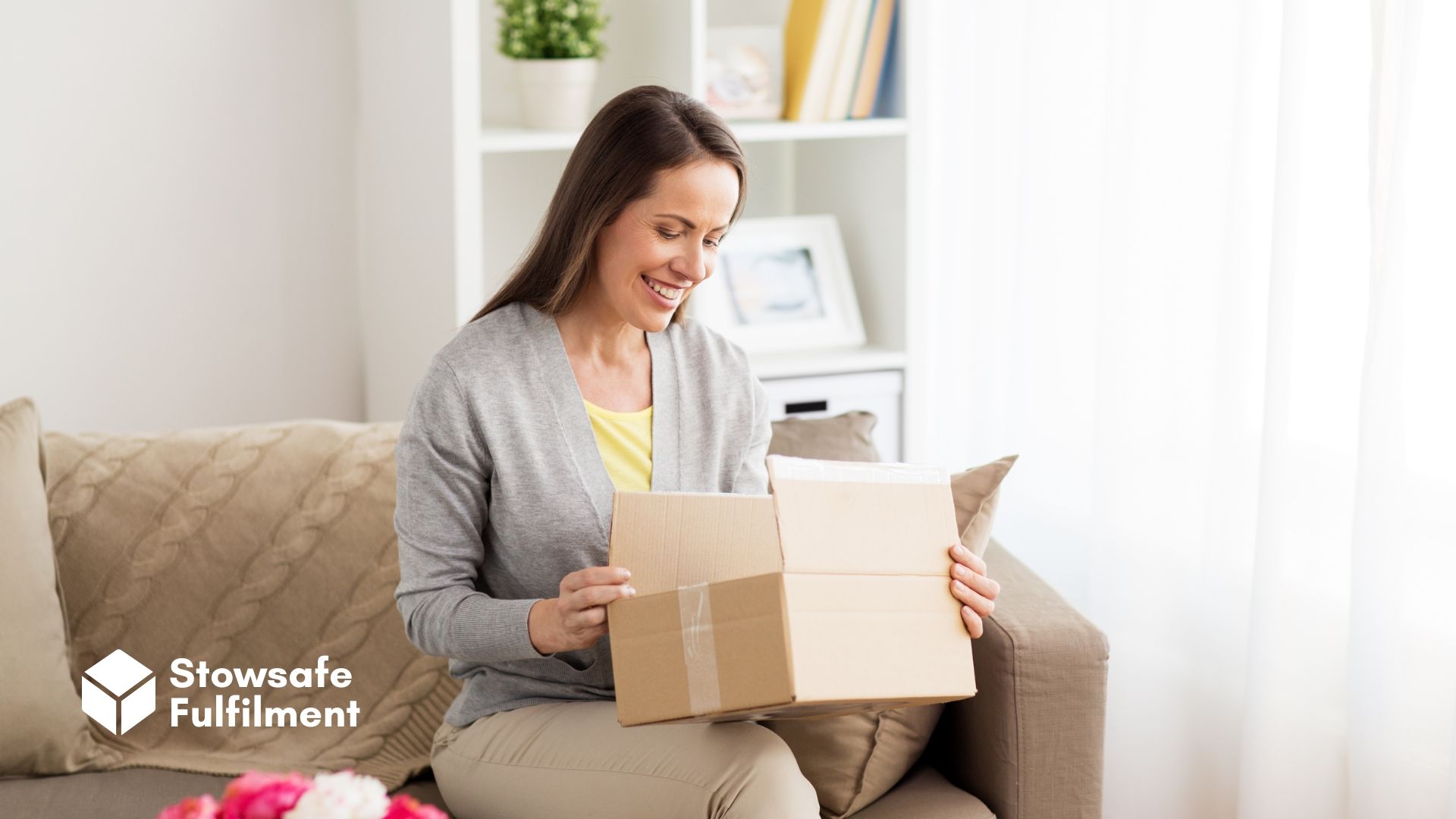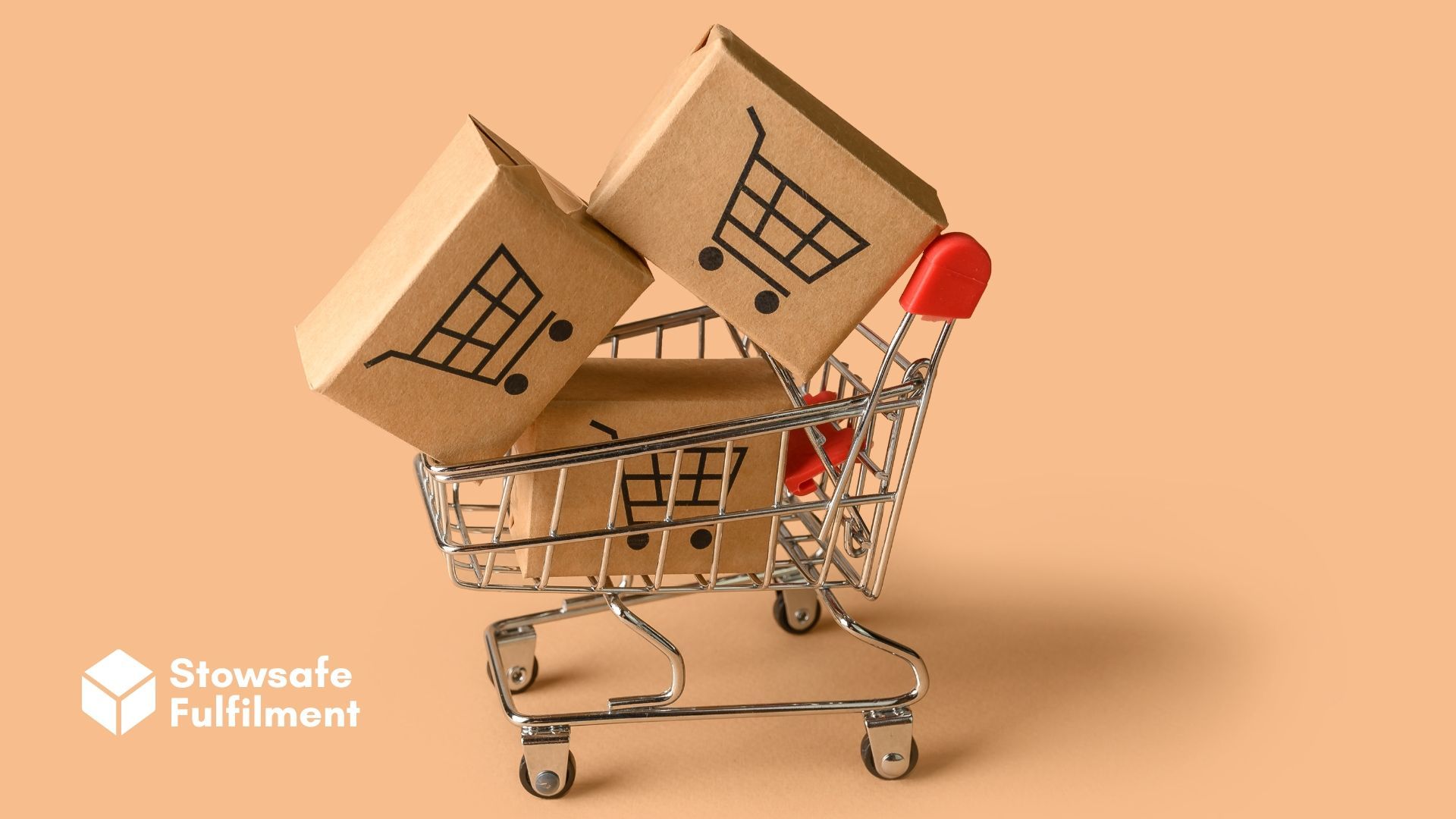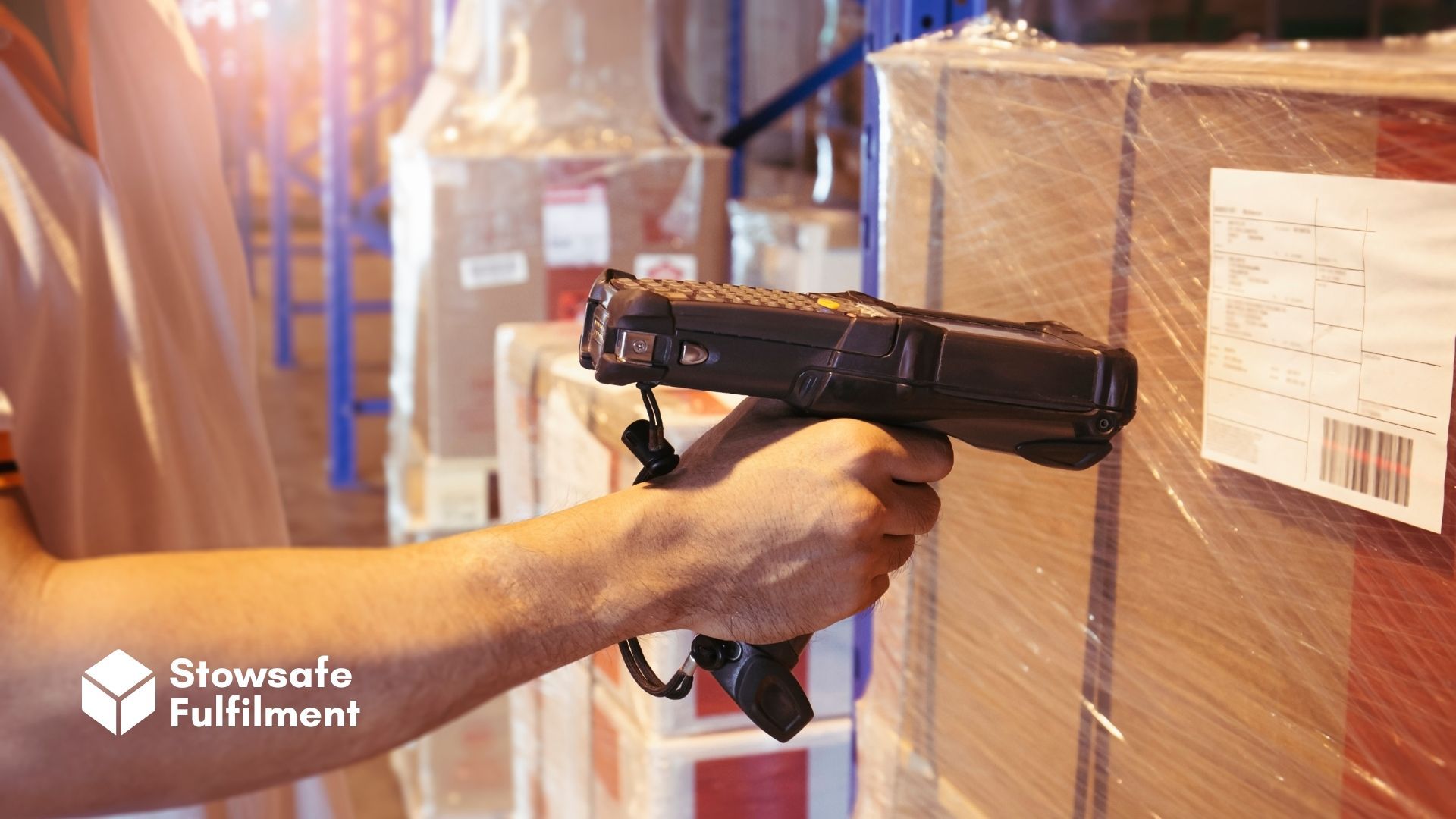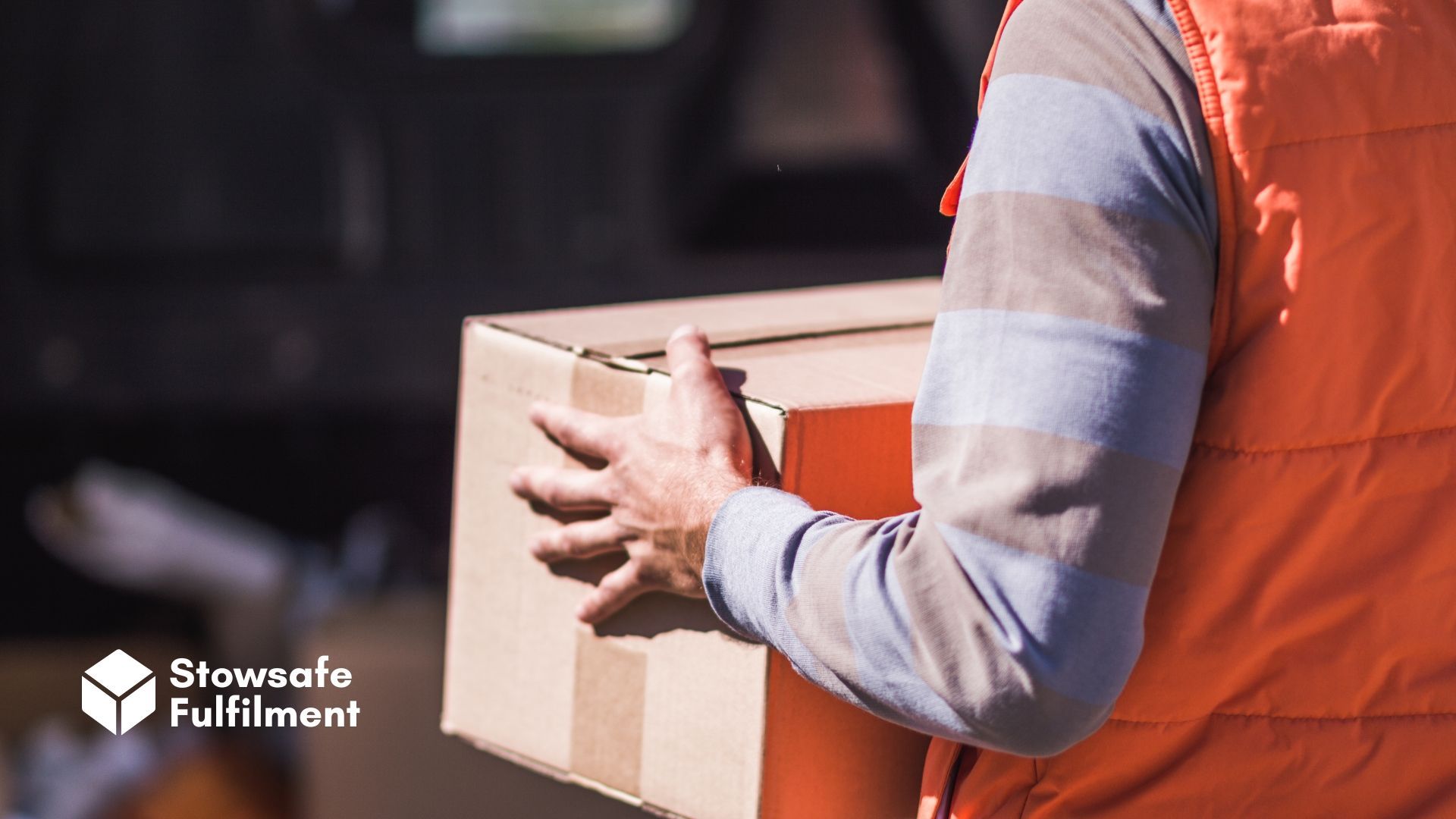While starting an Amazon business can be exciting, it's not for the faint of heart. Give your pop-up shop the best possible chance with our guide.

Perhaps had this idea rattling around in your head: "why don’t I start an eCommerce business?"
Maybe you've had second thoughts, too, as you begin to consider the logistics required to get it up and running.
Don't listen to those nagging doubts. All companies have to start somewhere, and perhaps that little idea could be the start of something successful.
But where to begin? Well, why not give your business a head start by launching on an established marketplace like Amazon?
As one of the world's largest eCommerce sites, Amazon has a colossal audience that's ready and waiting to buy your products.
But let’s not get ahead of ourselves. For now, let’s take things slowly and get you on the right track with our easy guide to setting up an Amazon business.
Let's start by addressing the most important question…
What kind of business do you want to be?
There are two types of Amazon Seller accounts: Individual and Professional.
Individual accounts are free, but you'll pay 75 pence for each product you sell.
To open a Professional account, you'll need to pay a £25-per-month subscription fee. This fee covers transaction fees and nets you lots of useful add-ons like order and inventory management tools.
Which type of account is right for you? Well, that all depends on how many products you plan to sell.
Amazon recommends the Individual account for those who sell fewer than 40 items each month. The Professional account is designed for Sellers with larger order volumes.
While it's tempting to "go big or go home", you might want to test the waters with an Individual account first. You can always upgrade to a professional account later.
What can you sell on Amazon?
"No-brainer" of the century: before setting up a business on Amazon, it’s best to have something to sell.
And as you’d expect, there will be stipulations that prohibit the sale of certain items. Prohibited items include live animals, lottery tickets, illegal drugs and firearms.
Certain product categories, such as alcohol, require a licence to sell on Amazon – just as you'd need a licence to sell them anywhere else.
Many businesses have made their fortune selling used games, movies and electronics. If you want to jump on board and offer second-hand items, bear in mind you won't be able to sell used clothing.
(And yes, this means
all
used clothing – not just the obvious stuff like socks and underpants.)
What do you need?
Having an idea is a good start. But you'll need a few more things to successfully open an Amazon Seller account.
The specifics will depend on the type and quantity of products you want to sell, but here are the basics:
An internationally chargeable credit card with a valid billing address.- A phone number on which you can be reached during the registration process.
- Bank account information.
- E-mail address. (We recommend starting a new one just for your account – you don’t need the hassle of losing important details in the shuffle.)
- VAT number (if your business is VAT-registered).
How to manage your prices
So, now you’ve set up your account, it’s time to consider your pricing. This can be quite the challenge for some people since there are so many factors to think about.
If you're selling a one-off, exclusive item, which requires large production costs to manufacture, then it makes sense to up the price.
However, here’s the double-edged sword: the higher the price goes the less traffic you’re likely to see.
Essentially, no strategy can meet everyone’s expectations. The best we can suggest is to price as low as you can while still making a little profit, after costs.
This way, you'll (hopefully) establish a customer base that trusts you as a Seller. This is the hard part. Once you've earned their trust, you can slowly increase your prices and take advantage of the burgeoning demand.
What about fulfilment?
Listing your products is one thing, but you've also got to think about storing, packing and shipping your wares. Amazon offers its sellers their own first-party service called Fulfilment by Amazon (FBA), where they’ll handle the entire fulfilment process for you.
Granted, there is no subscription fee if you pick this option, but you'll be required to pay storage fees, which may begin to affect your profit if you aren’t moving as much product as you first thought.
There are alternatives to FBA, though. For instance, when you're just starting out, you can probably do it all yourself. We're talking storing stock in the garage, packing orders in the evening… that sort of thing.
At some point, you'll inevitably outgrow this kind of "DIY fulfilment". When this happens, you might want to explore third-party fulfilment companies, which can store, pick, pack and ship your products for you. This can be an affordable option and, compared to FBA, you'll often enjoy better flexibility in terms of packaging and labelling.
Finally, there's dropshipping. This fulfilment method involves the manufacturer shipping straight to the customer – you effectively act as a "middle man", who sells the product without ever actually seeing it.
While dropshipping might seem easy (and indeed, it's often portrayed this way by advocates) we'd advise against it. Sure, you might avoid the hard work of fulfilment, but you have no control over product quality, shipping times or returns. Because of this, dropshipping can be a recipe for bad reviews.
Are you looking for a seamless fulfilment process that’s tailored to your unique specifications? Then why not
get in touch today? Together, we can get the ball rolling on your business.
All Rights Reserved | Stowsafe Fulfilment


